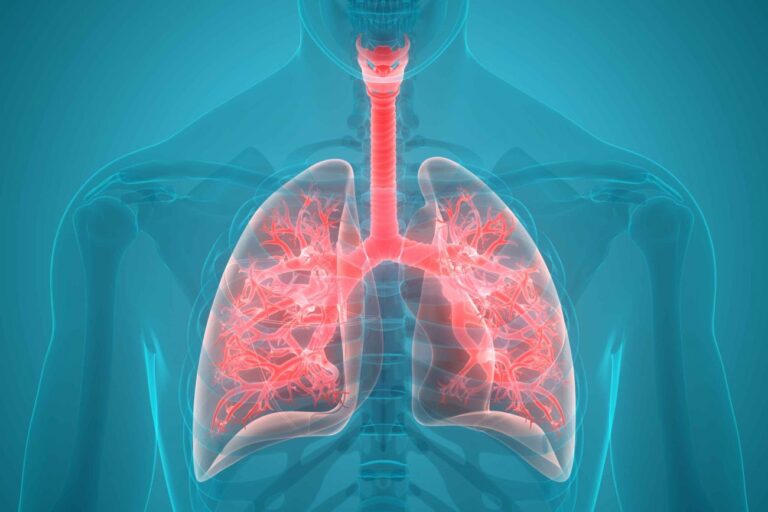How is an anal fistula identified?
An anal fistula is a tiny tunnel that links an abscess, which is an infected cavity in the anus, to a skin hole around the anus. The external orifice via which faeces are discharged from the body is known as the anus. A number of tiny glands that produce mucus are located just within the anus. Sometimes, these glands are blocked and can get infected, resulting to an abscess. Almost half of these abscesses will develop into a fistula. An anal fistula is generally diagnosed by examining the region surrounding the anus. He or she will search for a gap in the skin. The doctor will then attempt to identify the depth of the tract and its orientation. There will almost always be drainage from the exterior hole. Certain fistulas may be hidden under the skin’s surface. In this instance, your doctor may order the following tests for fistulotomy surgery:
- An anoscopy is a process in which a special device is used to examine inside your anus and rectum.
- In order to acquire a clearer look of the fistula tract, your doctor may also conduct an ultrasound or MRI of the anal region.
- To identify the fistula, your surgeon may need to examine you in the operating room.
- If a fistula is discovered, your doctor may order additional testing to determine whether the problem is connected to Crohn’s disease, an inflammatory disease of the gut. Fistulas are formed in certain Crohn’s disease patients. Blood tests, X-rays, and colonoscopies are examples of these examinations.
- A colonoscopy is a technique that involves inserting a flexible, illuminated device into the colon through the anus. It is done under conscious sedation, which is a as you may have pain or discomfort in the region following surgery, your doctor will normally inject a local anaesthetic, and may prescribe pain medication. When opioids are given, they are typically just for a limited time. If the abscess and fistula are adequately treated and cure, they are unlikely to recur.

- The majority of fistulas respond satisfactorily to surgery. After fistulotomy surgery, your surgeon may advise you to soak the damaged region in warm water, referred to as a sitz bath, and to take stool softeners or laxatives for a week.









